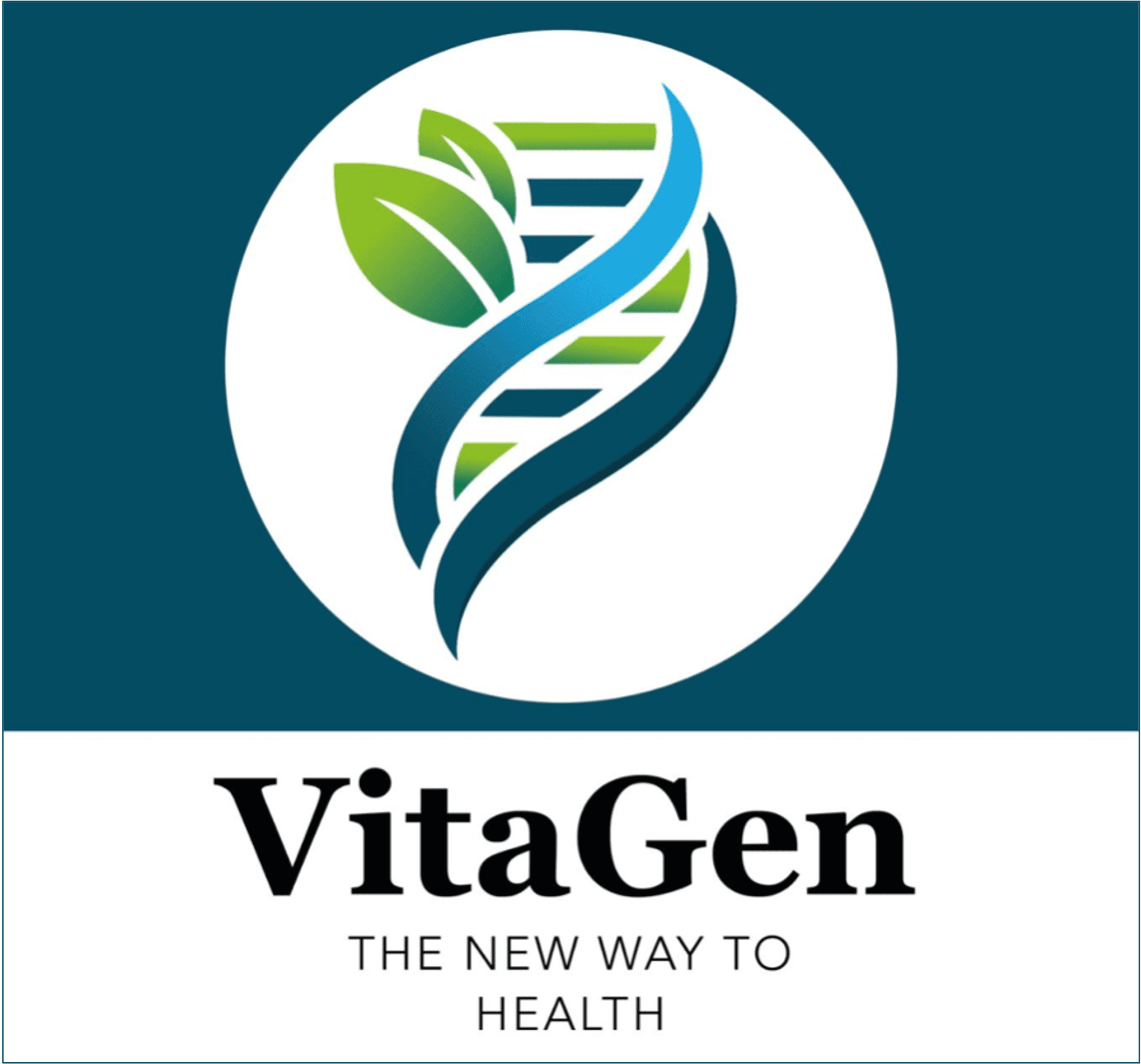Building a Strong Employee Benefits Package: Key Considerations
Understanding the Importance of Employee Benefits
In today's competitive job market, offering a robust employee benefits package is not just an option but a necessity for attracting and retaining top talent. Companies that invest in comprehensive benefits demonstrate a commitment to their employees' well-being, which can lead to increased productivity and loyalty. Understanding the key components of a strong benefits package is essential for any business looking to stand out.
Employee benefits go beyond just providing health insurance. They encompass a range of offerings that can significantly impact an employee's quality of life and job satisfaction. By prioritizing employee needs, businesses can create a supportive environment that fosters both personal and professional growth.

Key Components of a Strong Benefits Package
A well-rounded benefits package typically includes several core components that cater to the diverse needs of employees. Here are some key elements to consider when building your package:
- Health Insurance: This is often the cornerstone of any benefits package. Providing comprehensive health coverage, including medical, dental, and vision plans, is crucial for employee well-being.
- Retirement Plans: Offering retirement savings plans, such as 401(k)s or pensions, helps employees plan for their future and demonstrates long-term investment in their financial security.
- Paid Time Off (PTO): Generous leave policies, including vacation days, sick leave, and parental leave, are critical for maintaining a healthy work-life balance.
Supplementary Benefits to Consider
While the core components are essential, supplementary benefits can differentiate your company from competitors. These additional offerings can address specific employee needs and enhance overall satisfaction:
- Flexible Work Arrangements: Allowing remote work or flexible hours can boost productivity and reduce stress.
- Professional Development: Investing in training programs and educational assistance can help employees grow their skills and advance in their careers.
- Wellness Programs: Initiatives like gym memberships or mental health support can promote a healthier lifestyle.

Customizing Benefits for Your Workforce
No two workforces are identical, and understanding the unique needs of your employees is vital in crafting an effective benefits package. Conducting surveys or feedback sessions can provide insights into what your team values most and how you can better address their needs.
Personalization is key. For example, younger employees might prioritize professional development opportunities, while older employees may focus more on retirement planning. Tailoring your benefits accordingly ensures that you are meeting the diverse needs of your workforce.
The Role of Communication
Once you have established a comprehensive benefits package, effective communication is crucial for ensuring that employees understand and appreciate the offerings available to them. Clear communication channels and resources, such as informational sessions or detailed handbooks, can help employees make informed decisions about their benefits.

In summary, building a strong employee benefits package involves understanding the needs of your workforce, offering a mix of core and supplementary benefits, and maintaining transparent communication. By investing in your employees' well-being and future, you not only enhance job satisfaction but also position your company as an employer of choice in the market.
